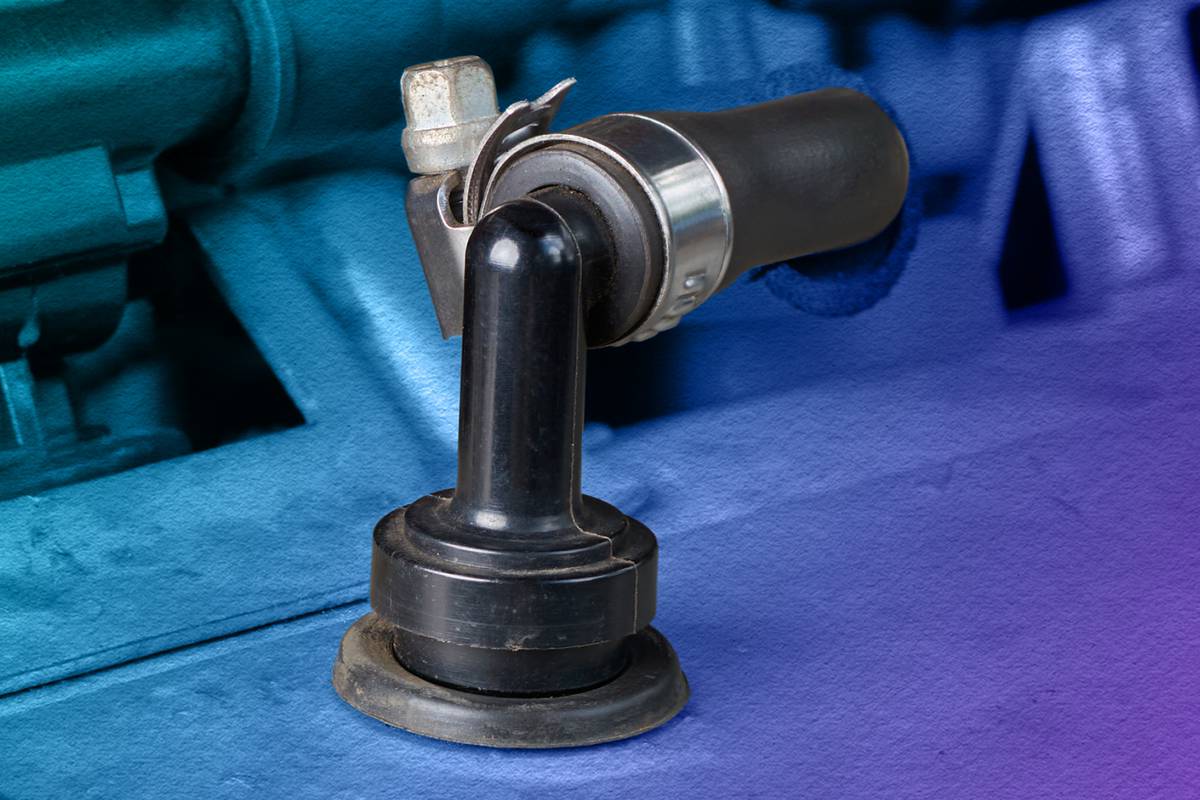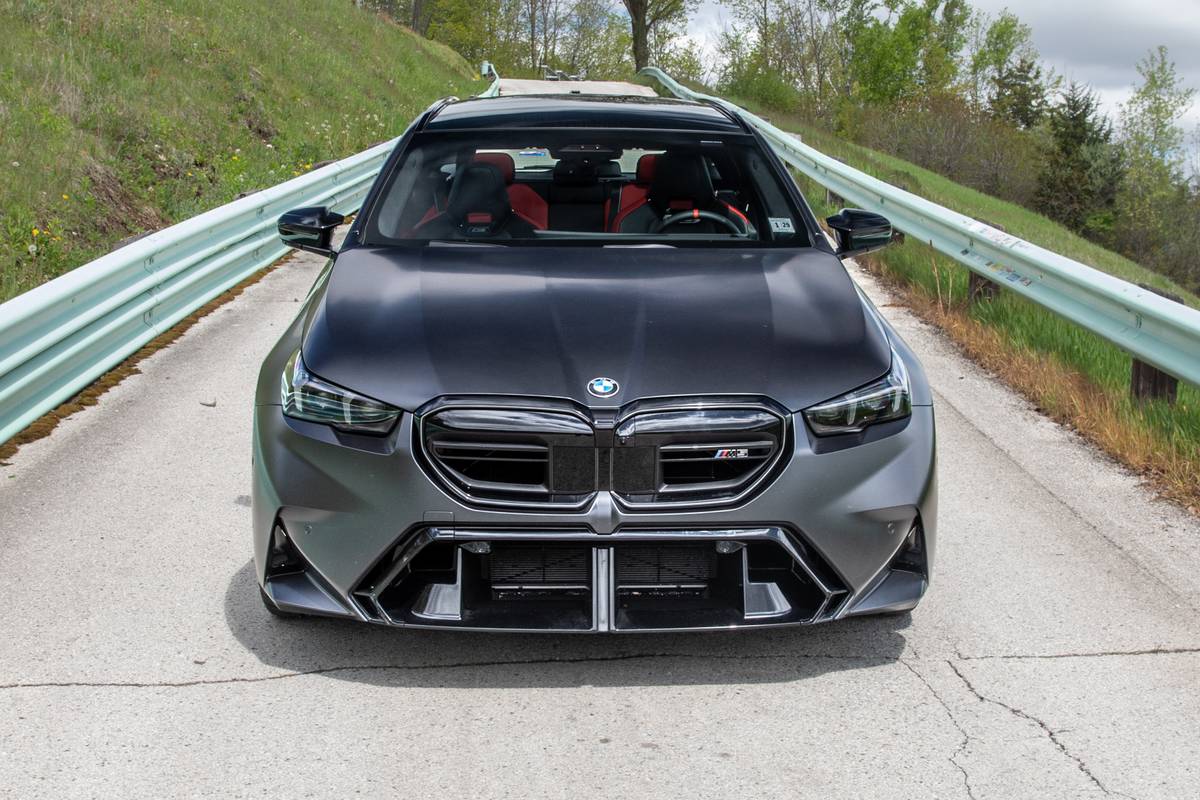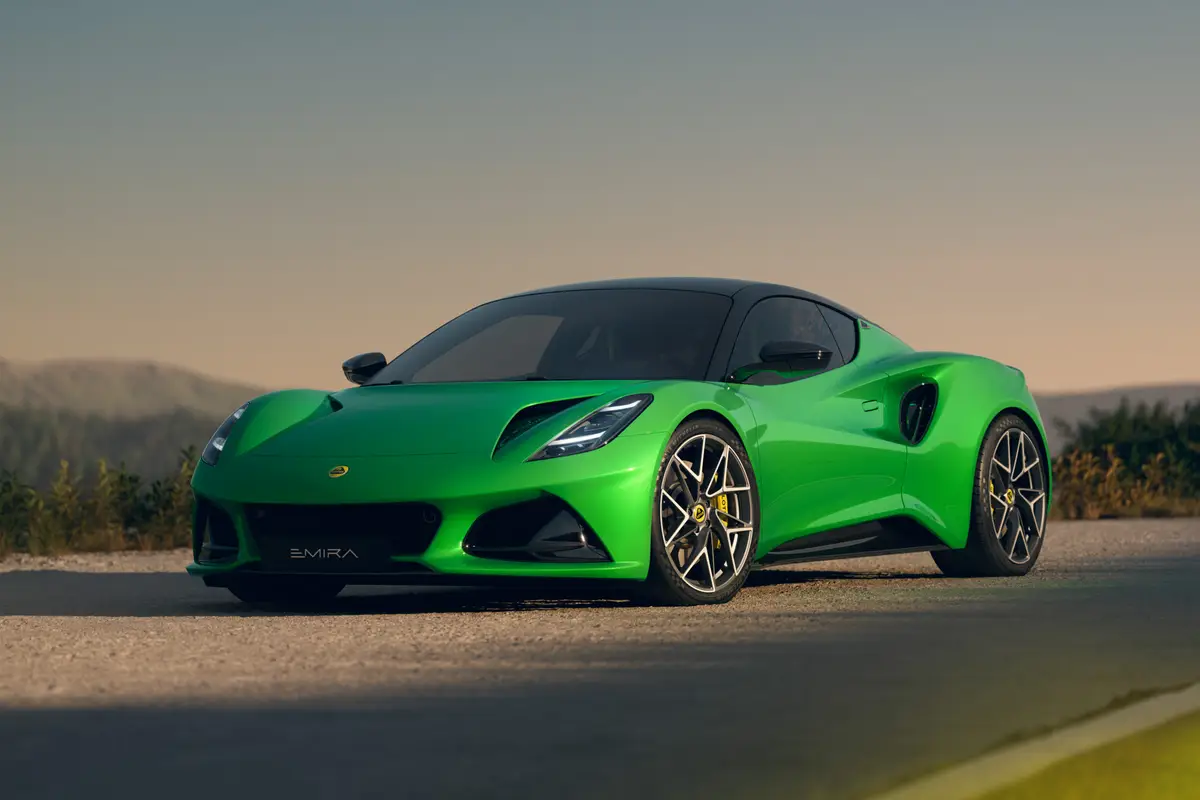chicagotribune.com's view
Contrary to popular misconception, Volvo hasn’t cornered the market in safety.
True, Volvo promotes safety as its No. 1 attribute, but that’s because it can’t boast of styling elan or, except for the 850, performance verve. You can’t expect Volvo to attract too many customers by promoting “Made in Sweden, the same country that brings you blondes.”
Just about every automaker offers the same devices and equipment that make its cars about as safe as you can expect to be in a vehicle that roams the roadways with drunks, druggies, careless and outright foolish motorists driving old, decrepit, seldom-serviced machines.
It becomes obvious that Volvo does not have a lock on safety when you get into other cars.
We tested the 1996 Mercedes-Benz E420 and E320, which have undergone a remake, and the cars abound with safety hardware. There are air bags not only in the steering-wheel hub and dash to offer driver and front-seat passenger protection in a front impact, but also in each front door to afford the same coverage in a side impact.
Now Volvo philes might say, “Hey, we have side bags, too,” and they’re right. But while Mercedes uses sensors and inert gas to inflate its bags, Volvo uses gunpowder, which doesn’t sound that appealing unless you’re a member of the National Rifle Association.
Mercedes’ side bags are mounted in the doors above the armrests, whereas Volvo’s are along the seat backs. There’s debate over what placement is best. Some argue strongly in favor of the bag in the seat because even when you move the seat, the bag stays with you, whereas whenever you move your seat in a Mercedes E-Class, the bag stays in the door.
The sensor along the lower driver and passenger seat activates the Mercedes side bag based on your vehicle’s deceleration rate after impact. Deployment takes only milliseconds, or quicker than you can blink. Because deployment is based upon deceleration, the cushions won’t inflate if a kid on a bike runs into your car in the driveway or a motorist backing out of the mall lot runs into the door of your parked car.
The bag is there to provide a cushion between you and the upper door and window caving in on you upon impact.
Moving from protection to performance, the E420 is powered by a 4.2-liter V-8, the E320 by a 3.2-liter, 6-cylinder engine. The E420 won’t be available here until April; the E320 arrives in showrooms this month. Mercedes made the cars available for members of the Midwest Automotive Media Association to put through their paces through the Land of Lincoln and the Lump of Cheddar (or, as Packer fans call it, “Up nort”).
The E320/E420 come with four-wheel anti-lock brakes. The E320 uses electronic traction control that applies the brake to a wheel until traction is restored. The E420 features automatic slip reduction, or ASR, which, besides applying the brake to a slipping wheel, reduces engine power. ASR is optional on the E320.
The E420 also offers, as optional, electronic stability program (ESP), jointly with Robert Bosch. This system uses multiple sensors to constantly monitor vehicle yaw, or lateral movement, as well as steering angle and lateral acceleration. Should the car become unstable, such as going into a spin or drifting sideways over ice, ESP helps the driver maintain control by using ABS and ASR to apply brake pressure at one wheel and reduce engine speed. BMW and Cadillac are preparing similar systems for 1997.
However, Mercedes warns that though ESP increases your odds of escaping hazards, if you approach an icy 30-mile-per-hour corner at 65, forget ESP and remember 911.
It snowed briefly on the day we drove the two Mercedes sedans–just enough to make for wet roads–. The 420 came with ASR, not ESP, the 320 with regular traction control. ASR is a confidence builder. You move from the light and into/out of corne s with sure-footed stability. We’d probably opt for ASR if choosing the lower-priced 320 and pop for ESP in the 420.
For 1996 the E-Series has undergone a major redesign. It’s not difficult to tell a 1996 from a 1995 because the new model sports round headlamps as well as driving lights, akin to fog lamps, in the bumper. The E-Series for 1996 is also larger. Wheelbase is extended by 1.3 inches, to 111.5; length by 2.2 inches, to 189.4; and width by 2.3 inches, to 70.8.
The E-Series sedans feature a new double wishbone suspension replacing the damper/strut layout for improved handling precision as well as ride comfort, and a new rack-and-pinion steering system to provide more nimble cornering. To complement the new suspension/steering systems, Mercedes switched to wider 16-inch tires from 15-inch tires.
Mercedes claims you get more road feel without harshness, the ability to sit flat in corners and turns without body lean and sway and minimal steering wheel shimmy on rough roads. All-of-the above proved accurate, with the 420 a notch or two above the 320.
The 4.2-liter V-8 moves more quickly and more smoothly off the line and away from the stoplight. It steps lively up hills and very nimbly around the sharp corners in the back woods of cheese country. The 4.2 is also quieter than the 3.2 and comes with a new 5-speed automatic.
The drawback–other than the 420 starting at $49,900 the 320 at $43,500–is that though Mercedes says it doesn’t have a fuel-economy rating on the 420, it probably will barely avoid a gas-guzzler tax. The 320’s rating is 19 miles per gallon city/26 m.p.g. highway.
If neither price nor mileage is among your Top 10 priorities in a midsize luxury car, you probably would favor the 420 over the 320.
The E-Class is loaded with noteworthy features, such as:
– Retractable headlamp squirters. Push a button on the dash and the squirters pop out from under the lamps, spray theglass and retract. The formal name is headlamp washers but they look like squirt guns and so we’ll settle on the generic title.
– Headlamp delay. When you close the doors when exiting the vehicle at night, the headlamps go back on for 30 seconds to light your path.
– Cold storage. Have a couple of candy bars to take on a trip but don’t want them to melt? Open the center armrest and stick the candy next to the cold air vents.
– Cupholder. Want to enjoy a can of pop with those candy bars? Flip open the front of the armrest, press the silver button and a cupholder lifts and swings out for your front-seat passenger. A second cupholder is in the area vacated by the swing-out one. Your rear seat passengers want a soda? Dual cupholders slip out of the rear-seat armrest.
– First-aid kit. It slips out of the rear-seat armrest behind the cupholders.
– Headrests. To ensure your rear-seat occupants ride safely, there are three headrests atop the back se at. When the seat is vacant and you want a better view out the rear window, press a button in the dash and the headrests fold out of the way.
– Ventilation. You are stuck directly behind a semi, belching diesel exhaust into your face. Sensors upfront detect such fumes and switch your air conditioning/heater to the recirculation mode to keep those fumes out of the passenger cabin.
– Seat position. You want to adjust the driver’s seat forward/rearward/up/down, so you reach for the power control on the driver’s door, where you also find a power control switch to raise/lower/retract the steering wheel.
For 1996 Mercedes has made a pricing statement to its competition. The E320 starts at $43,500, same as in 1995, and the E420 will start at $49,900, $2,600 less than ’95.
Though the power sunroof now is a $1,000 option rather than standard, the E-Series models add previously optional (or unavailable) remote keyless entry, floor mats, traction control, ide air bags and memory seats/steering column as standard or roughly $2,500 worth of equipment at no added charge.
Latest news



